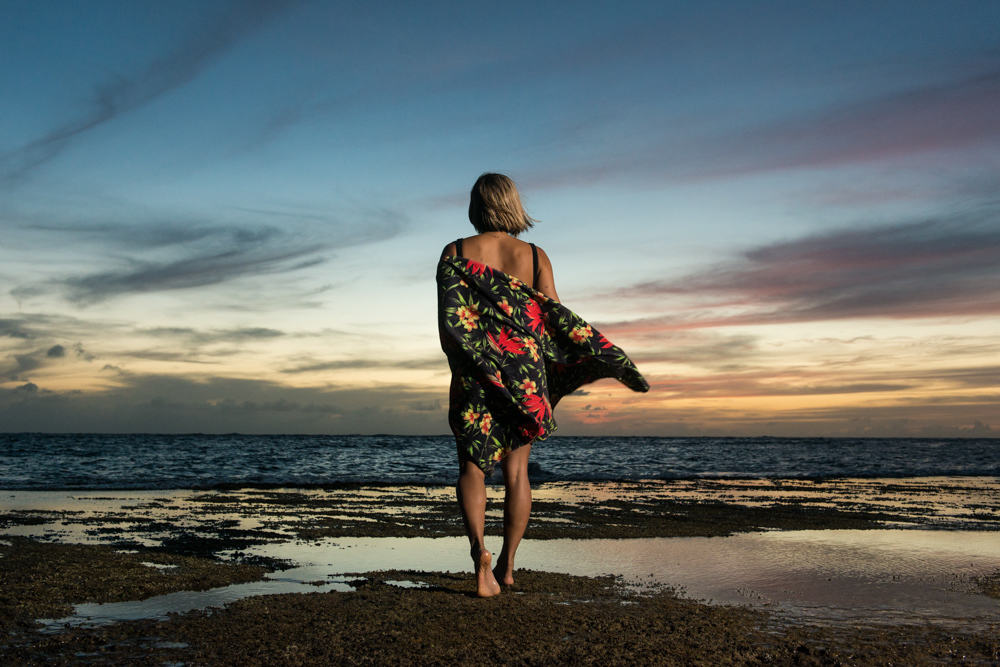For companies unaccustomed to hiring a professional photographer, the notion of spending hundreds or thousands of dollars might seem unnecessary and indulgent in an age where “everyone is a photographer.” But hiring a photographer isn’t so dissimilar from hiring a plumber or an accountant. You might be able to fix a leaky faucet or handle an audit, but it’s probably not worth your while. You don’t know what you don’t know, and you could spend more time and money for inferior results than if you hire a pro.
In hiring any service professional, separating the wheat from the chaff can be challenging. Photography is no different. What should companies look for? What is a reasonable price? And how should a company make heads or tails of various Terms and Conditions that a photographer might attach to an estimate?
Finding a Professional Photographer
Referrals will always be an efficient means of finding a photographer who has been vetted and vouched for by someone you know. But that doesn’t necessarily mean you will like his/her aesthetic. Reviewing online portfolios to find a style of photography you like should always be a first step. For example, if you’re interested in getting pictures of your newborn baby, then consider a photographer who has an extensive portfolio of newborns! Here are a few photographer directories if a good ole’ Google search fails you. If none of the links below or above are the type of photographer you’re looking for then we’ve got one final link to recommend. If you’re a business owner or someone wanting to establish a business and you’re looking for a professional photographer. Look no-further, check out a company like cairns photographer who have experience in Commercial Photography!
Here are some other links I heard are great:
PhotoShelter Photographer Directory
What does a professional photographer bring to the table?
Still think you can do it yourself? Working with a pro comes down to three main things: 1) gear, 2) experience and 3) insurance.
1. Gear
As good as smartphone cameras have become over the past decade, they still can’t hold a candle to the quality of professional equipment. Unlike a smartphone which is a general purpose computer, professional photo gear is designed to take pictures. As such, pro gear has a better sensor, better lens, and more specific controls to make incredible photos. Here’s a comparison of the size of the sensor in an iPhone compared to a professional DSLR.
Here’s a photo from the Super Bowl taken by Apple CEO Tim Cook on an iPhone.
And one taken by professional photographer Donald Miralle.
Having the right gear for the right situation is a key to taking a great photo. An image taken with inferior gear might look fine on a 5” phone screen, but could be unusable for a print brochure or larger online display.
Pros don’t show up with a single camera and lens, they often travel with multiple cameras in case one breaks. This also means they don’t need to constantly switch out lenses, which saves you time. They bring professional lighting equipment to eliminate the risk of bad ambient light ruining a shoot.
But the best gear in the world is still nothing without…
2. Experience
Knowing how to use gear properly requires domain expertise and experience. A simple illustration is the technique of “dragging the shutter” that pro often use to balance flash with ambient light, but if you’re accustomed to shooting your camera in “Program” mode, you’ll never be able to achieve.
Photographer Rob Tringali argues that, “90% of [professional] photography is problem solving.” How do you capture the perfect photo when you only have 5 minutes with a VIP? What do you do if your bags get lost on the plane? How do take multiple portraits when the only available space is a bathroom? Experience gives the professional the ability to solve problems on the fly.
Experienced photographers act as producers for a shoot, pulling in necessary talent (e.g. assistants, make-up/hair artists, location scouts, videographers, audio engineers, retouchers, etc) to successfully scope and execute a project.
Experience also usually means a better looking photo. It also means a slew of technical knowledge that is important for professional photo production. For example, color space, white balance, focal length selection, lighting with strobe, etc. The weekend warrior photographer at your office isn’t going to be able to bring the consistency of a professional.
Most photo hobbyists use images directly from a camera or smartphone – or at the most, they might apply a preset filter to an image. Professional photographers, by contrast, might spend hours retouching a set of images. This could be the difference between an average corporate portrait and something phenomenal.
3. Insurance
Although it isn’t universally true, many pro photographers carry business insurance, which is often required by their clients when working on-site. This is particularly true if you’re renting out a space to produce a shoot at a event facility, photo studio or municipal location. Hiring a professional with insurance reduces liability for your company, and risk mitigation is a reality for organizations operating within a litigious society.
Understanding Photography Pricing
Most people only have experience with “retail” photography like wedding photography, senior portraits, etc. In this scenario, the photographer takes a photo and provides the customer with that photo in digital or print form. What seems relatively straightforward actually has some hidden components to it. Namely, the photographer holds the copyright to the image and is extending a specific photo usage to the consumer (i.e. personal use).
This is similar to buying a song or movie online. In both cases, the consumer is granted personal use of the media, but cannot use the item commercially (e.g. in a tv ad). They can’t resell the item, and the creator maintains the copyright.
When dealing with professional photographers in a corporate or commercial setting, the terms and conditions are generally made more explicit (and negotiated as a part of the contract) because photography in these settings is largely determined by how an image is used.
For example, a photographer might charge a shoot or “creative” fee to take a series of photos, then also charge a licensing fee to use the images in a brochure. If you want to then use the images on a billboard, you will have to re-license the images for that specific usage.
Organizations avoid re-licensing fees by either obtaining a rights buyout, which can be very expensive and often unnecessary, or by hiring the photographer under a work-for-hire (WFH)agreement, whereby anything produced is initially owned by the hiring entity. Photographers, understandably, shun WFH agreements because it eliminates the potential for future licensing fees.
Social Media Usage
Social Media usage complicates pricing because there isn’t a standard way to deal with pricing. Some photographers build social media usage into their licenses because it’s so common nowadays, while others have a separate line item.
“Social Media” can also be a broad and ambiguous term. Some organizations interpret it as allowing a photo to be posted on Instagram, while others have an expectation of video and livestreaming. A constant stream of new apps and technologies (e.g. Snapchat, Instagram stories, Facebook Live) complicates matters.
Organizations would do well to determine their social media strategy and have a clear list of deliverables/uses so that a photographer can appropriately scope and price for it.
Here are a few articles on hiring photographers for different types of usage from the PhotoShelter blog and Houston corporate and advertising photographer Robert Seale.
On Hiring an Event Photographer
http://blog.photoshelter.com/2016/02/pricing-photos-school-reunion-event/
On Hiring an Advertising Photographer
On Hiring a Corporate Photographer
http://www.robertsealeblog.com/robert-seale-photographs-leading-medicine-methodist-hospital-system/
FAQ Answered by a Corporate Photographer
We asked a corporate photographer to answer some FAQs pertaining to hiring a pro. Although his answers might deviate from other professional photographers, it is a good representation of how professionals think about their pricing and intellectual property ownership.
Why do you keep the copyright of the images?
By the simple fact that if you assign 100 photographers to make a portrait of the same person or cover the same event. The work produced by each photographer will range in uniqueness from a little to extremely different. Therefore photographs are a form of intellectual property unique to the photographer. U.S. law has acknowledged this since the Copyright Act of 1790.
Why do you need to know how I’m going to use the images to provide an estimate?
The broader and/or further reaching the usage the more expensive the usage portion of the estimate should/needs to be. Look at it in terms of advertising. A full page ad in TIME magazine is more expensive than the same full page ad in the local newspaper.
Your estimate is much higher than I budgeted for. Why is it so expensive? Why shouldn’t I just take the photos myself?
My estimates are divided into 3 parts: the creative fee, production cost, and usage fee. Then further divided into line items for everything involved, so I’ve been as transparent as possible. I would be happy to speak with you about lowering the estimate by removing some of the production items and/or usage terms. Thanks again for considering me to represent your company and make images for you. I hope I get the privilege of hearing from you again soon.
I was told to request the RAW files. Why can’t I have them?
Some level of post production is essential and absolutely needed to make a finished image. Please see the two attached examples of RAW vs retouched portraits. The difference is obvious. Even in the case of documentary event coverage, a little bit of post (shadow and highlight tweaks, unsharp mask, color adj, crop, etc) are needed in order to make the images you would be proud of.
Can you provide insurance while you’re on-site?
Absolutely, I carry a 3 million dollar liability insurance policy. My gear is insured, and so is any gear I rent.






